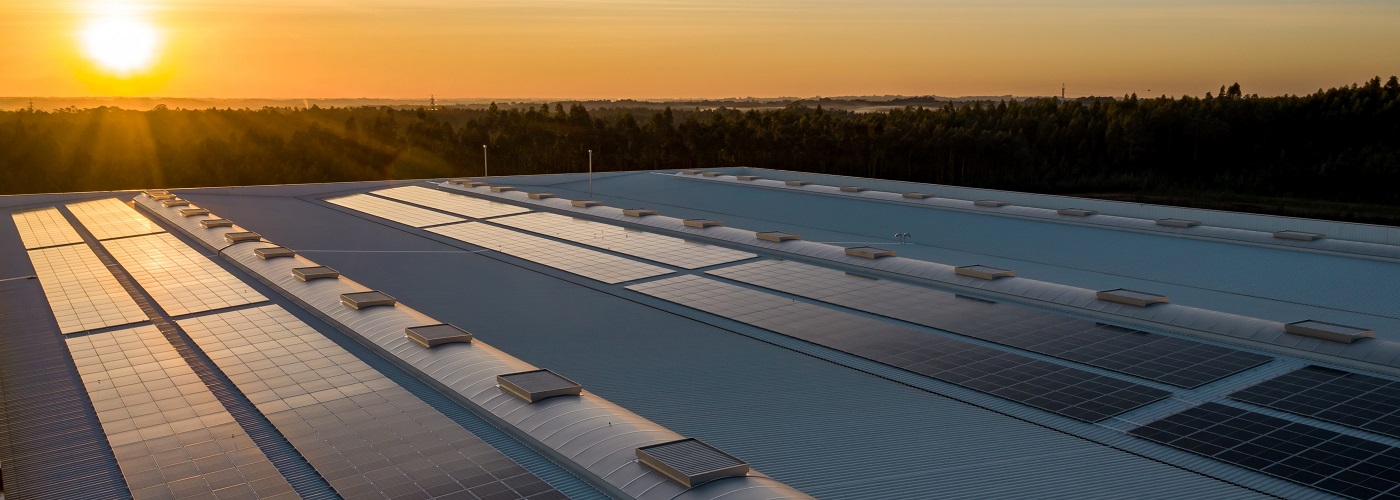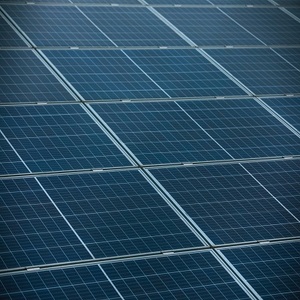

One of the hurdles to overcome in the switch to renewable energy is the often intermittent nature of these energy sources. For example, there are times when the wind doesn't blow, when rivers run dry, and when the sun doesn't shine. To solve this last hurdle, in regards to solar energy, researchers from Stanford University have developed a method to generate electricity from solar panels after the sun has set.
In the absence of solar energy at night, the researchers outfitted solar panels with a thermoelectric module. This module is able to generate electricity whenever there is a difference, or gradient, in temperature. In the case of the solar panels, they heat up during the day from exposure to the sun, but at night they radiate their heat back into space. Eventually they reach temperatures a few degrees below that of the ambient air, and it is this temperature gradient that the thermoelectric module uses to generate power even after dark. The system can even run in reverse during the day given that there is still a temperature gradient, albeit the solar panels are hotter than the ambient air, thereby the daytime electricity produced by the solar panel can be further supplemented by the thermoelectric process.
Currently, the system as devised by the Stanford researchers can generate 50 milliwatts per square meter. For nighttime lighting applications, the thermoelectric system would require a solar panel area on the order of 20 square meters. Right now, this system is at a proof-of-concept stage, using “off the shelf” components that haven't been engineered for this specific application. With further development, the researchers hope that this dual solar and thermoelectric system could prove invaluable to the proliferation of renewable energy adoption, especially in less economically-advantaged areas. Currently, more expensive battery technology is typically used to store solar-generated electricity for use at night. Thus, this new development would be ideal to help drive down the costs for around-the-clock, reliable renewable energy.

